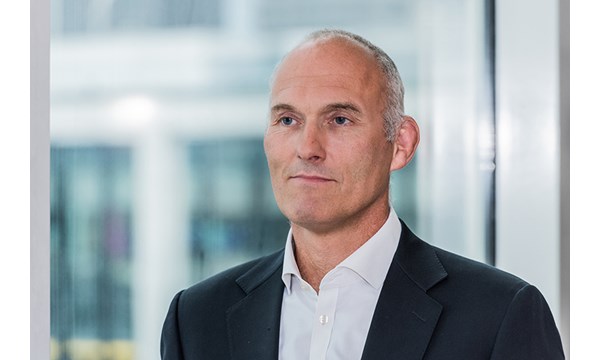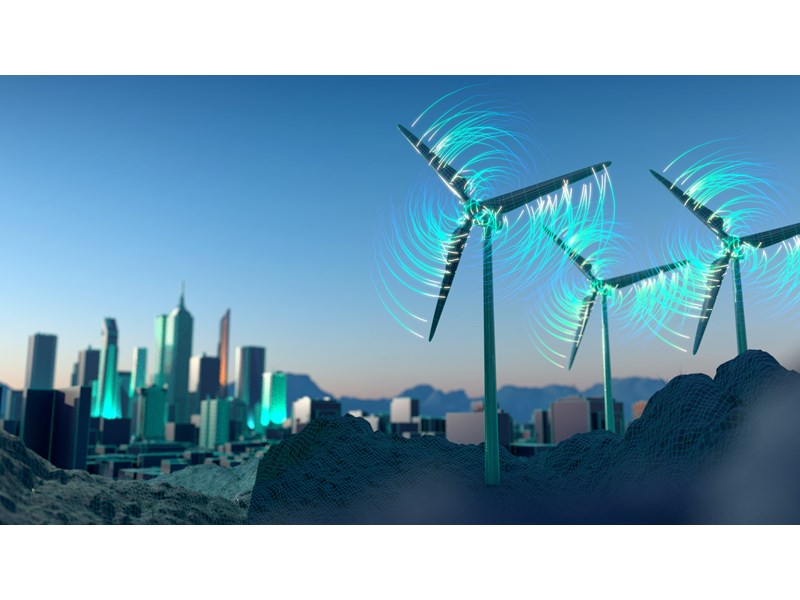Get this complimentary article series in your inbox
1 minute read
Julian Kettle
Senior Vice President, Vice Chair Metals and Mining

Julian Kettle
Senior Vice President, Vice Chair Metals and Mining
Latest articles by Julian
-
Opinion
Metals investment: the darkest hour is just before the dawn
-
Opinion
Ebook | How can the Super Region enable the energy transition?
-
The Edge
Can battery innovation accelerate the energy transition?
-
Featured
Have miners missed the boat to invest and get ahead of the energy transition?
-
Featured
Why the energy transition will be powered by metals
-
Featured
Could Big Energy and miners join forces to deliver a faster transition?
As the American humourist Evan Essar is quoted as having said: “The only thing worse than being on the wrong side of an argument is to be on the right side with no one listening.” While I’m not alone within the metals and mining community in recognising the urgent need to address supply development, it does sometimes feel as if I’m preaching to the choir.
Politicians, NGOs and consumers are set on stimulating demand for energy transition commodities through ambitious target setting. That we are way behind on the necessary capex spend is unquestionable; yet it seems investors and policy makers are either not listening or are unwilling to play their part in ensuring the significant increase in supply which is so desperately needed.
COP26: stimulating demand but what about enabling supply?
With COP26 fast approaching it’s interesting to note the first key goal of the climate conference, namely to “secure global net zero by mid-century and keep 1.5 degrees within reach”. To achieve this, “countries are being asked to come forward with ambitious 2030 emissions reductions targets that align with reaching net zero by the middle of the century”.
Four key pillars are outlined to deliver this ambitious mandate:
- accelerate the phase-out of coal
- curtail deforestation
- speed up the switch to electric vehicles
- encourage investment in renewables.
Delivering on the third and fourth pillars through commitments for increased renewables generation and distribution, storage, charging infrastructure and EV adoption will require a massive acceleration of investment in primary extraction and processing. To ensure success, supply development must happen in the right way, which means meeting strict ESG criteria whilst delivering the returns shareholders expect through the cycle. Yet appropriate policy initiatives to encourage this are distinctly lacking, at least from the major western economic blocs.
At the same time, whilst institutional investors would naturally prefer to limit investments to low risk countries, there is a realisation that this will not be possible if an accelerated energy transition is to become plausible. Intergovernmental agreements are therefore needed to ensure security of tenure and indeed to backstop projects where the country risk profile has hitherto precluded investment. Policy reform on mining permission is also long overdue in several jurisdictions.
Mind the gap: how much additional metal supply is needed?
So, just how much more supply of energy-transition metals is required to deliver net zero by 2050, and when does this supply need to be in place? To find out, let’s compare demand under our two-degree pathway (AET-2) with our base case energy transition outlook (ETO), which assumes the industry delivers at maximum capacity to help limit global warming to 2.5 °, taking into account the constraints of shareholders, lead times etc.
As you can see from the chart below, getting the world onto a two-degree pathway requires a step change in the delivery of metals critical to renewables generation and EV production by 2030. Focussing on aluminium, cobalt, copper, lithium and nickel — five of the critical volume metals — requirements explode in transitioning from our base case ETO (2.5 degree) outlook to our AET-2 scenario. The supply gap represented by the uncommitted proportion of the potential 2030 market represents a major opportunity for investment, with the associated tonnages being truly transformational when set in the context of current market size.
An improbable dream: can supply be developed in time?
With prices for most mined commodities having surged in 2021, the metals and mining industry is currently in rude health (the only exception is iron ore, which couldn’t sustain the gravity defying prices driven by Chinese post-pandemic demand and is now ‘languishing’ at just above $100 per tonne — still high enough for the major players to enjoy very healthy margins). With costs relatively subdued, profitability will remain strong, albeit driven by transient factors that are boosting demand levels and constraining supply.
As demand continues to grow, we believe the attention of the analyst community will start to focus on miners tilting the dividend distribution vs capex balance more towards growth. The precursor to this is a debate on whether the mining industry (or rather its investors) has the appetite to fund the significant investment necessary to achieve an AET-2 pathway. Of course, this debate presupposes that it remains possible to physically develop the required mining and processing capacity in time, which is by no means a given.
To quote Oscar Wilde: “The world is divided into two classes, those who believe the incredible and those who do the improbable”. Absent a sea change in policy, capital allocation, and attitude to risk, delivering the 2030 metal requirements to stay on course for net zero by 2050 would be truly incredible. The optimist in me hopes we can achieve the improbable, by convincing policy makers and investors of their vital role in making that happen.










